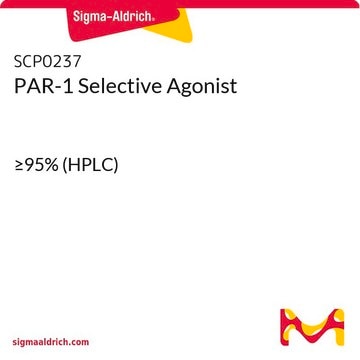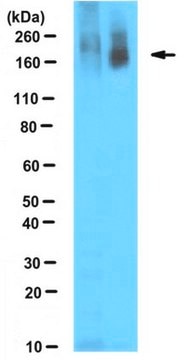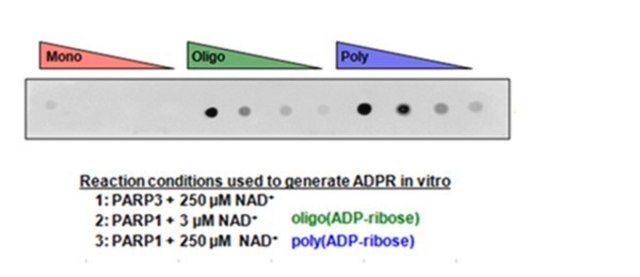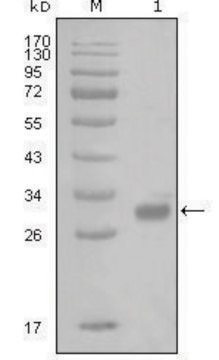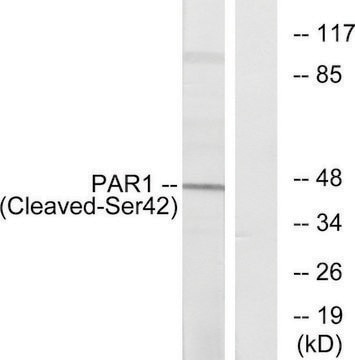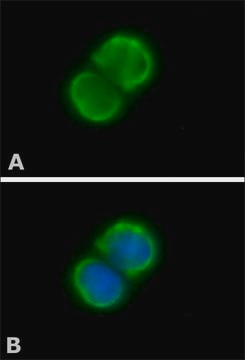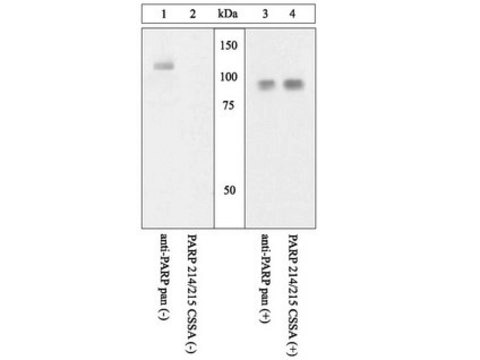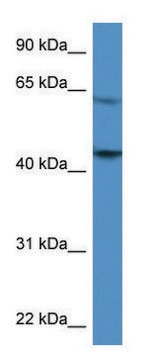MABF244
Anti-PAR-1, clone ATAP2 Antibody
clone ATAP2, from mouse
Synonym(s):
Proteinase-activated receptor 1, PAR-1, Coagulation factor II receptor, Thrombin receptor
About This Item
Recommended Products
biological source
mouse
Quality Level
antibody form
purified immunoglobulin
antibody product type
primary antibodies
clone
ATAP2, monoclonal
species reactivity
human, mouse
technique(s)
flow cytometry: suitable
immunocytochemistry: suitable
immunofluorescence: suitable
western blot: suitable
isotype
IgG1κ
NCBI accession no.
UniProt accession no.
shipped in
wet ice
target post-translational modification
unmodified
Gene Information
human ... F2R(2149)
Related Categories
General description
Immunogen
Application
Flow Cytometry Analysis: A representative lot from an independent laboratory detected Par-1 in CHRF-288 and HEL cells (Hoxie, J. A., et al. (1993). J Biol Chem. 268(18):13756-13763.).
Western Blotting Analysis: A representative lot from an independent laboratory detected Par-1 in human platelet membrane cell lysate (Brass, L. F., et al. (1992). J Biol Chem. 267(20):13795-13798.).
Immunocytochemistry Analysis: A representative lot from an independent laboratory detected Par-1 in CHRF-288 and HEL cells (Hoxie, J. A., et al. (1993). J Biol Chem. 268(18):13756-13763.).
Immunofluorescence Analysis: A representative lot from an independent laboratory detected Par-1 in CHRF-288 cells (Brass, L. F., et al. (1994). J Biol Chem. 269(4):2943-2952.).
Quality
Western Blotting Analysis: 1 µg/mL of this antibody detected Par-1 in 10 µg of mouse lymph node tissue.
Target description
Physical form
Other Notes
Not finding the right product?
Try our Product Selector Tool.
wgk_germany
WGK 1
flash_point_f
Not applicable
flash_point_c
Not applicable
Certificates of Analysis (COA)
Search for Certificates of Analysis (COA) by entering the products Lot/Batch Number. Lot and Batch Numbers can be found on a product’s label following the words ‘Lot’ or ‘Batch’.
Already Own This Product?
Find documentation for the products that you have recently purchased in the Document Library.
Our team of scientists has experience in all areas of research including Life Science, Material Science, Chemical Synthesis, Chromatography, Analytical and many others.
Contact Technical Service